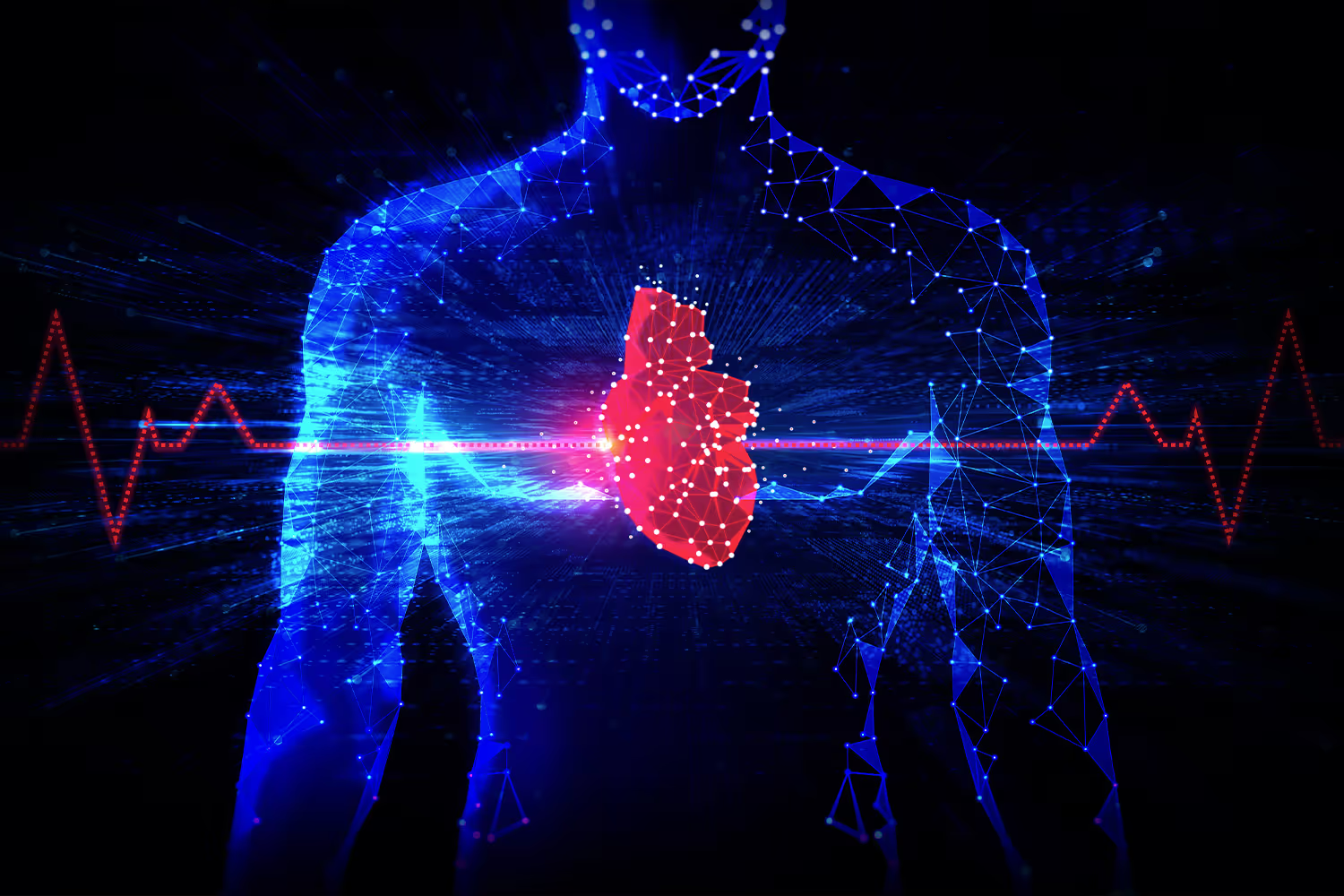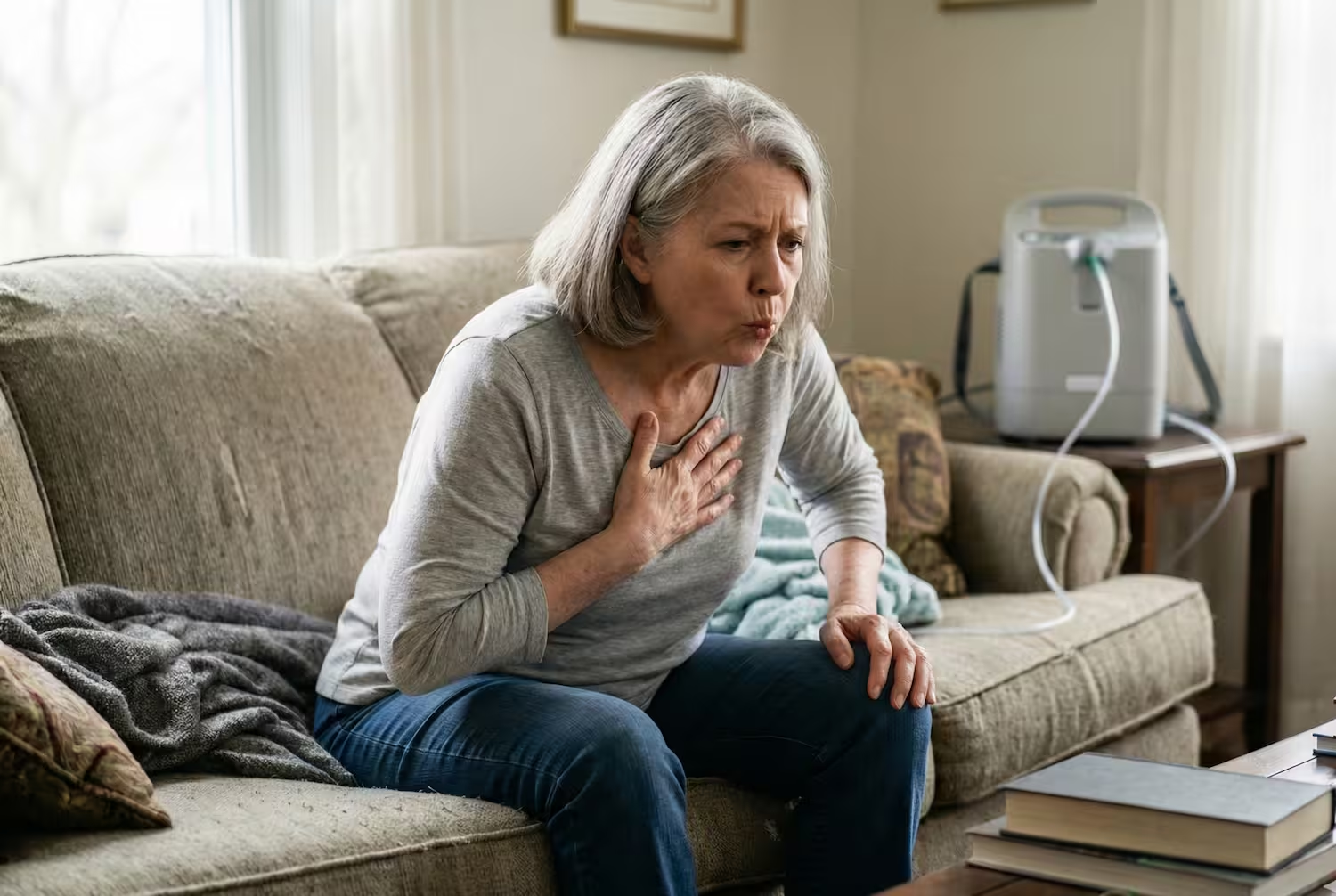
Healthcare has evolved tremendously within the past few decades. A few decades ago, it was inconceivable for a person to have a remote doctor's visit, and today, that is more than achievable through telehealth.
The future of remote medicine and telemedicine is bright and continues to improve and allow patients more convenience than ever before. Below is a closer look at virtual cardiac rehab, what it is, and why it may be the future standard of care for cardiovascular rehabilitation.
What Is Virtual Cardiac Rehab?
Cardiac rehabilitation is a program that many physicians can recommend to people with a history of heart disease, heart attack, or heart failure. Cardiac rehabilitation works to improve an individual's cardiovascular health through interventions like monitored exercise, dietary guidance, and education. These interventions help to facilitate better cardiovascular health, which research has shown helps reduce hospital readmission or future complications.
Traditionally patients were referred to an outpatient cardiac rehab clinic where they needed to go into the rehabilitation center a couple of times a week. Virtual cardiac rehab eliminates the hassle of needing to go to a specific rehab facility and brings cardiac rehab into the comforts of your own home. The same professionals that would help at a rehab facility would monitor your vitals virtually and be able to safely guide you through interventions to help improve your cardiovascular health.
What Are the Benefits of Virtual Cardiac Rehab?
The digital era has brought many conveniences to our everyday lives. The ability to instantaneously communicate with nearly anyone was a pipe dream just a few decades ago, and today, it is a standard aspect of life.
This leap in innovation extends into the field of medicine and cardiac rehab. Below is a closer look at some of the benefits of home-based cardiac rehabilitation and why this leap is one of the best things to happen to people requiring cardiovascular rehab.
Supports Long-Term Heart Health
Consistent aerobic exercise is one of the most challenging barriers people face during their recovery period after a cardiac event. Consistency within a rehab program is essential for enhancing your standard level of heart health and mitigating the chances of subsequent cardiac events.
For center-based rehab programs, it is a requirement to visit a physical office three to four times a week for an hour-long rehab session is a large ask and poses a real barrier for most patients. Accessibility barriers make it much more likely for an individual to skip sessions and become noncompliant with a rehab program — and without consistent aerobic exercise, it can be much more difficult to see results.
Being able to carry out your rehab appointment wherever you have an internet connection not only eliminates the hassle of driving but also allows you to easily fit a rehab session into your day. The reduced barriers that telehealth services like virtual cardiac rehab provide are what people need to be more compliant with rehabilitation programs.
Personalized Rehab Routine
Effective rehabilitation tends to be tailored to the individual and is not a one size fits all approach. A 2022 study found that a personalized approach to cardiac rehab decreased the dropout rate among participants.
Virtual cardiac rehab has tremendous potential for personalization. A patient can choose where and when they do their rehab and are assigned a clinical exercise physiologist to manage their case. This differs from a center-based approach to rehab where you may have a different provider each visit.
Flexibility and Comfort
Comfort is another large benefit that virtual cardiac rehabilitation can offer to patients. Exercising in the comfort of your home may not seem like a big deal, but in actuality, it can have a profound impact on the receptiveness of treatment and the accuracy of measurements.
White coat syndrome is a perfect example of the benefits of virtual monitoring over in-person monitoring. White coat syndrome, also referred to as white coat hypertension, is a phenomenon that some people experience when they have abnormally high blood pressure readings in the doctor's office due to feelings of stress associated with a medical setting.
Virtual monitoring, especially for cardiac indicators like blood pressure and heart rate, can allow for more true-to-life numbers. Additionally, having your rehabilitation at home can be much more comfortable and private, allowing you to focus more on your rehabilitation and less on being uncomfortable or tense.
Health & Safety
Individuals that are candidates for cardiac rehab tend to have conditions that may make them more susceptible and vulnerable to illnesses. This can be seen with infectious diseases like COVID-19 and the flu, where individuals with compromised cardiovascular health may be at a higher risk for severe illness.
Individuals with cardiovascular or pulmonary conditions that need rehab are placed in a difficult position — going to a physical rehabilitation center may increase their likelihood of being exposed to the flu virus or coronavirus, and not going may reduce their chances of a fuller recovery.
Virtual cardiac rehabilitation programs allow these individuals to still participate in a cardiac rehab program in without putting themselves at unnecessary risk of going in public settings amidst a global pandemic.
A key safety aspect of virtual cardiac therapy with Carda is that your care team is able to monitor your vitals in real-time during your session, which helps ensure that your physical activity stays within a safe limit.
What Can You Expect from Virtual Cardiac Rehab?
Virtual cardiac rehab has many benefits and provides a number of conveniences that traditional in-person rehab facilities cannot compete with. Below is a closer look at how virtual cardiac rehab from Carda Health works and what you can expect from remote cardiac rehabilitation.
Questionnaire
The first step to getting quality cardiac rehab is to fill out a simple questionnaire that aims to learn more about your specific needs and goals for rehab. The need for cardiac and pulmonary rehab can stem from many different causes, including heart attack, COPD, arrhythmia, and more. This questionnaire aims to determine exactly what your needs are and find a plan that is best suited for you.
Physician Consult
Cardiac and pulmonary rehabilitation programs can help tremendously with the recovery process and help with making beneficial lifestyle modifications to help facilitate better health outcomes, but not everyone is eligible.
Calling or paying a visit to your physician is a good place to start to see if you are qualified for rehab.
Receive Care Package
An essential aspect of virtual rehabilitation is the ability of your care team to remotely monitor vital signs like heart rate and blood pressure. To get this information to your care team remotely, Carda provides eligible patients a care package with the necessary tools to obtain, monitor, and send pertinent vital signs to your care team in near real-time. Carda’s care package is easy to use and set up, even for those uncomfortable with technology.
Start Your Personalized Program
Once you have all of your equipment, a Carda care team member will call you to guide you through equipment set up and answer any questions you have. The exact rehab program may vary from person to person but typically involves two to three 45-minute sessions a week that focus on improving your cardiovascular fitness and improving your general quality of life.
Some interventions that can be expected include targeted physical activity, education on a wide variety of health topics related to cardiovascular health, including stress management, and general nutritional guidance. All of these interventions create a well-rounded home-based cardiac rehabilitation program that has the ability to support a healthier lifestyle which may, in turn, lead to more favorable health outcomes.
The Bottom Line
Virtual cardiac rehab is a fairly new and exciting implementation of digital healthcare that may have the ability to change people's lives for the better. Cardiovascular disease and other cardiac-related ailments are consistently the leading cause of mortality in the United States, and getting people the care and rehab they need is an essential aspect of mitigating risk or hospitalization and improving the overall quality of life of these individuals.
Virtual cardiac rehab like that provided by Carda Health helps to eliminate many of the barriers to patients seeking care while still providing evidence-based, HIPAA-compliant, high-quality patient care.
Sources:
Telehealth Benefits and Barriers | NCBI
White coat hypertension: When blood pressure rises in a medical setting | Mayo Clinic
Cardiac rehabilitation services in the digital era | NCBI
Improving cardiac rehabilitation patient adherence via personalized interventions | NCBI







